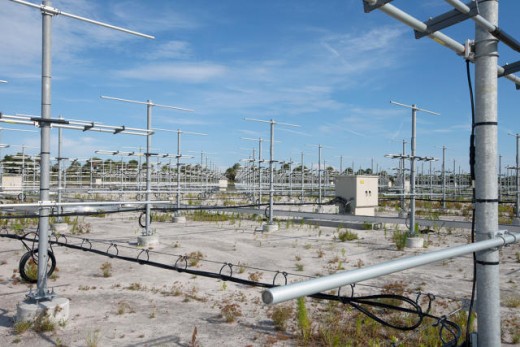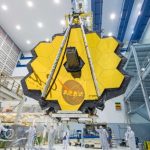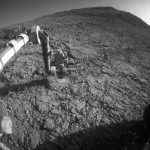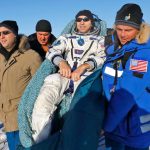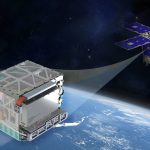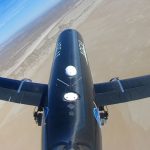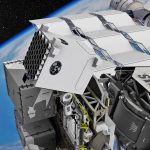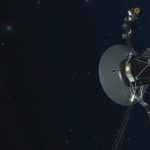Making Rocket Launches A Breeze: NASA Unveils a new Wind size gadget
correct wind information can help NASA’s rocket scientists make knowledgeable choices about whether or not or to not launch.
July 10, 2015
The window for launches at NASA’s famed Kennedy space heart (KSC) in Florida can regularly be as little as 10 minutes or much less—and the price of lacking these home windows is sometimes within the $1 million vary—so it’s essential that the rocket scientists managing them depart nothing to chance. not even the wind.
That’s why, as fast company is the primary to document, NASA has rolled out an all-new high-tech antenna machine to measure wind shear at KSC at altitudes of up to 65,000 toes. on condition that the outdated gadget, in operation because 1990, had fallen into such disrepair that contractors trying to reverse-engineer it had resorted to buying components on eBay, it’s no surprise that the distance agency has eventually grew to become to one thing more reducing-aspect.
For years, KSC has operated two methods facet by using aspect to get current wind data. On one facet is a system built in 1990, a 50 Megahertz Doppler radar wind profiler that even NASA referred to as “growing old.” On the opposite, NASA is using a suite of climate balloons.
“The balloons were the principle,” says Lisa Huddleston, the executive of the applied meteorology unit at KSC’s weather workplace, “And we had been best allowed to make use of the [old] profiler as roughly a backup, roughly a take a look at on the wind. If the launch individuals saw any enormous variations between balloon and profiler, they could launch some other balloon.”
all over launch countdowns, NASA wrote in a 2014 record, winds beneath 60,000 can pose an enormous subject. Rockets need to climb through the atmosphere, and “launch team participants want accurate information as a way to application the automobile’s steering and steering instructions to verify the automobile reaches its proper orbit with out exceeding its aerodynamic wind load limits.”
The balloons are certainly capable of returning the right kind knowledge, but here’s the problem: They go with the flow with the wind, and can fast prove 100 kilometers downrange. Any data back at that time is “now not representative of what’s happening at the launch website online,” consistent with Huddleston.
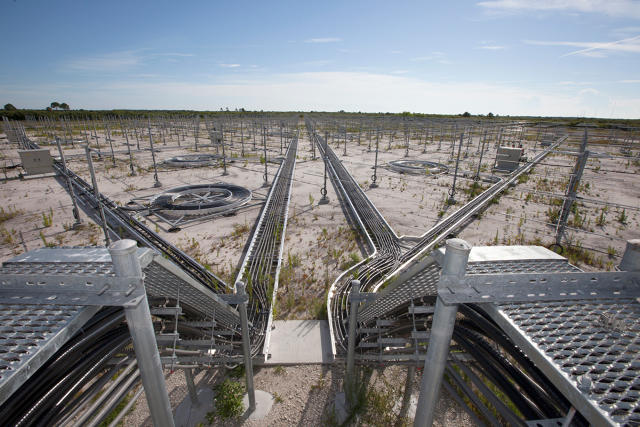
the brand new system, a large phased array radar set up constructed by using observe that features 640 antennas, is all strong-state, and state of the art. It was once designed to come accurate launch-website online wind measurement data every five minutes. Costing $11 million to put in, the new gadget was put in situation last December and, pending closing certification from NASA, is predicted to be the principle machine for a minimum of the subsequent twenty years.
KSC has launched about nine rockets with the brand new know-how given that December, however unless certification is complete, the distance center remains to be employing the weather balloons.
“The plan is we’re going to do a comparison with climate balloons over an extended time frame,” said Thomas Brauer, an engineer who works on electrical ground systems at KSC, adding that the intention is to verify information from the brand new profiler is verified by way of information from the balloons.
as soon as the new profiler is certified, Huddleston said, it will function the principle source of wind knowledge for launches, even supposing NASA would still ship up balloons, both to gather knowledge on temperature and humidity, and in case the high-tech system fails.
Launa Maier, the climate lead at KSC, is quick to add that they would want some distance fewer balloons for launches than prior to now. possibly, she mentioned, controllers could get via with only one.
640 Antennas
the brand new profiler is an up-to-date Doppler gadget, a one-of-a-type phased array of 640 antennas unfold over 5 acres north of KSC’s Shuttle touchdown Facility.
Maier explained that alerts from the phased array are used to measure wind velocity, providing what she referred to as “a full vector of the wind.”
consistent with Paul Hart, a senior vice chairman and normal supervisor at Freescale (the supplier of radio frequency expertise for the new profiler) the implementation of all-new expertise was once key.
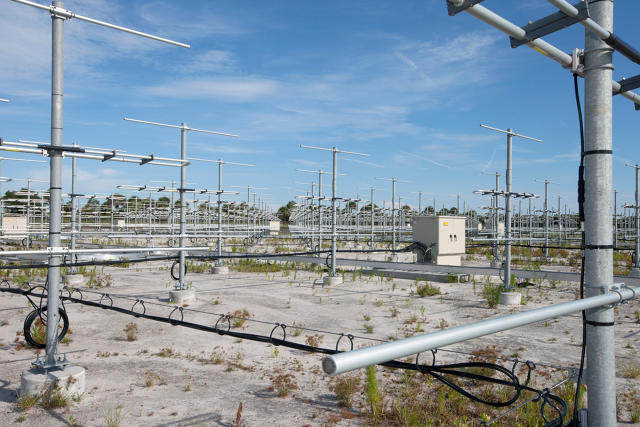
“bring to mind solid-state onerous drives, which give a long way higher performance that’s faster and more dependable” than disk-based drives of the prior, Hart mentioned. “We’re primarily doing the identical thing, [using] strong-state transistors…to make bigger radar signals, and to deal with very accurate pulse alerts.”
The know-how has been proven for years in the aviation trade, and is now “the staple for how air visitors keep watch over” will get wind information, Hart said.
but the KSC implementation is greater and extra ambitious than anything that’s been built before.
Hart mentioned the brand new profiler was once conceivable lately thanks to chronic improvements in radar sign amplification power levels. The expertise was at first created for wireless communications techniques, and was once intended to be put in in places like cell towers. over the years, he mentioned, the transistors have long gone from 100 watts to 1.5 kilowatts.
“via raising the ability, we’re able to create techniques which can be a ways less complicated than up to now,” Hart stated. “up to now, [it would have required] thousands and lots of transistors. Now, we’ve decreased that by way of an element of 10.”
fast company , learn Full Story
(47)

